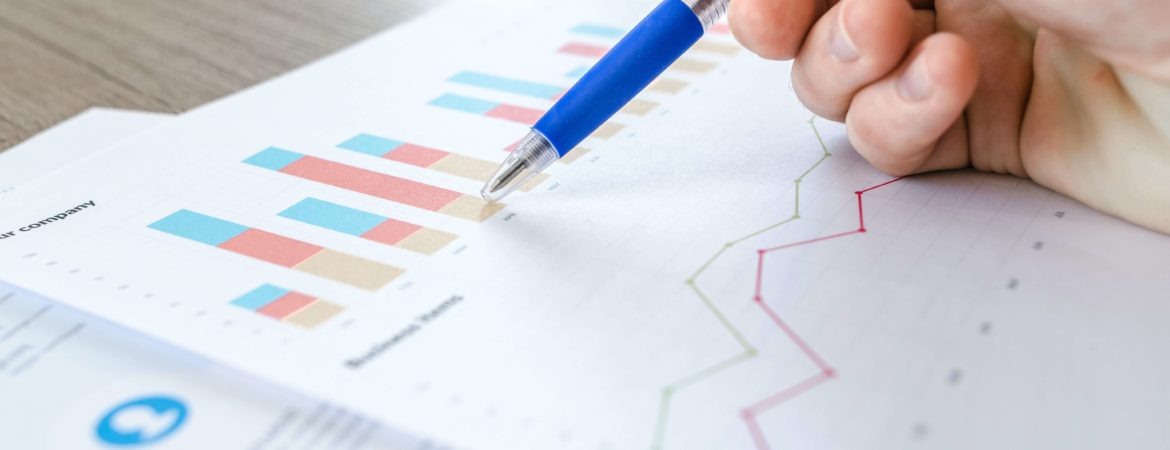
Life Cycle Analysis, proof of the pudding
The production of our yarns uses 80% less energy, 49 % less water and 61% less Carbon dioxide compared to the same products made from virgin material. But where do all these impressive numbers come from?
One of the main purposes of a sustainable brand is to decrease its ecological footprint, and thereby create a more healthy environment and a sustainable economy for future generations.
Innovation is the main driver for creating change. But many innovations also raise critical questions. For instance, although Elon Musk is celebrated for his electric cars, there is also a lot of controversy by opponents who claim the production of the Tesla has such a negative impact on the environment that it offsets the use of electric cars.
One way to substantiate the environmental claims is to conduct a Life Cycle Analysis (LCA). This is a research method where the environmental impact of a product is being calculated. By comparing the outcomes with a product made from virgin material, we know how much we save by choosing the version made from recycled material.
At Fabraa, we work together with the organization Ecochain to conduct our LCAs. We do a full analysis of our products and their complete supply chains. We include each step of the supply chain regarding the usage of water, energy and the emissions of carbon dioxide.
A Life Cycle Analysis not only explains the impact reduction, it also gives great insights on the impact of our entire supply chain and really helps us in our product development.
Interested on how Life Cycle Analysis can also help your business? We are glad to help.